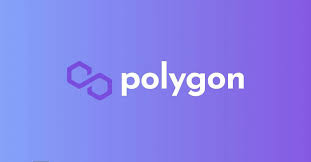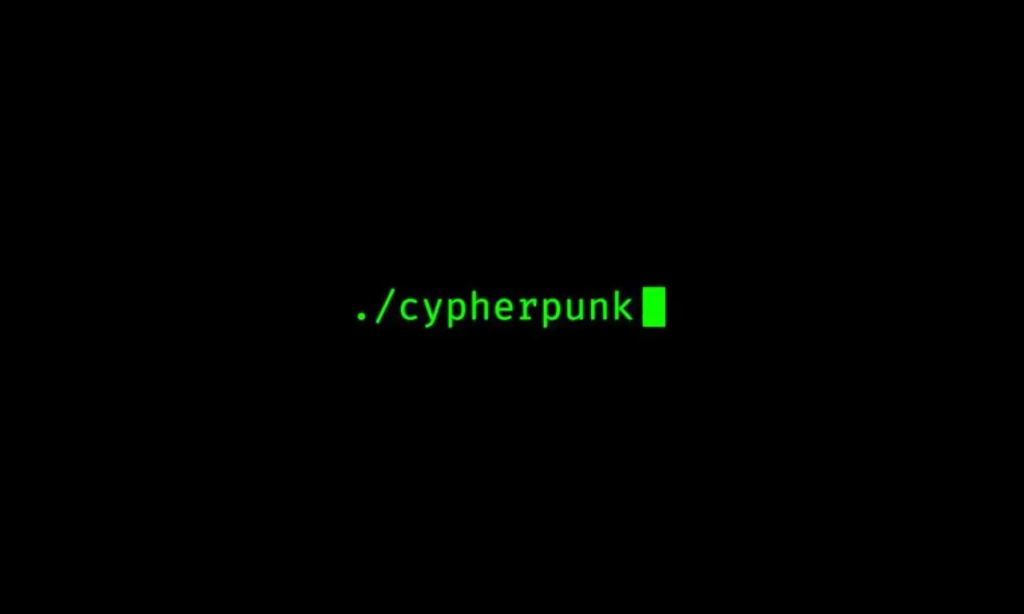Polygon, a prominent blockchain platform, has revealed its ambitious plan for Polygon 2.0, a revolutionary network consisting of zero-knowledge-powered Layer 2 blockchains.
This article explores Polygon’s strategic move to leverage ZK-Rollups, one of the leading Ethereum scaling solutions, to build interconnected Layer 2 chains that enable secure and instantaneous cross-chain interactions.
With the goal of establishing the “Value Layer of the Internet,” Polygon aims to overcome scalability challenges while ensuring liquidity, security, and capital efficiency.
Polygon’s Existing Framework and Expansion
Polygon currently operates Polygon POS, a proof-of-stake sidechain network that works alongside Ethereum and hosts popular decentralized applications like Uniswap and Aave.
The platform also manages Polygon zkEVM, a Layer 2 network based on ZK-Rollups, as an extension of its proof-of-stake chain.
However, Polygon’s core team is now preparing to develop additional Layer 2 chains utilizing ZK-Rollups, enabling secure interaction between individual chains.
Enabling Secure Cross-Chain Interactions
Polygon 2.0’s architecture aims to facilitate instantaneous and secure cross-chain interactions among Layer 2 chains without the need for additional trust assumptions.
By leveraging ZK-Rollups, Polygon intends to address the inherent scalability limitations of individual blockchains and avoid liquidity fragmentation, reduced security, and capital inefficiency. This initiative positions Polygon as a crucial player in establishing the “Value Layer of the Internet.”
Shifting Focus and SuperNets Software Stack
Polygon’s previous efforts involved creating multiple chains using its SuperNets software stack, which resulted in the development of chains for Immutable and Aavegotchi.
With Polygon 2.0, the focus will shift toward building interconnected chains, resembling the ecosystems seen in projects like Cosmos and Polkadot.



